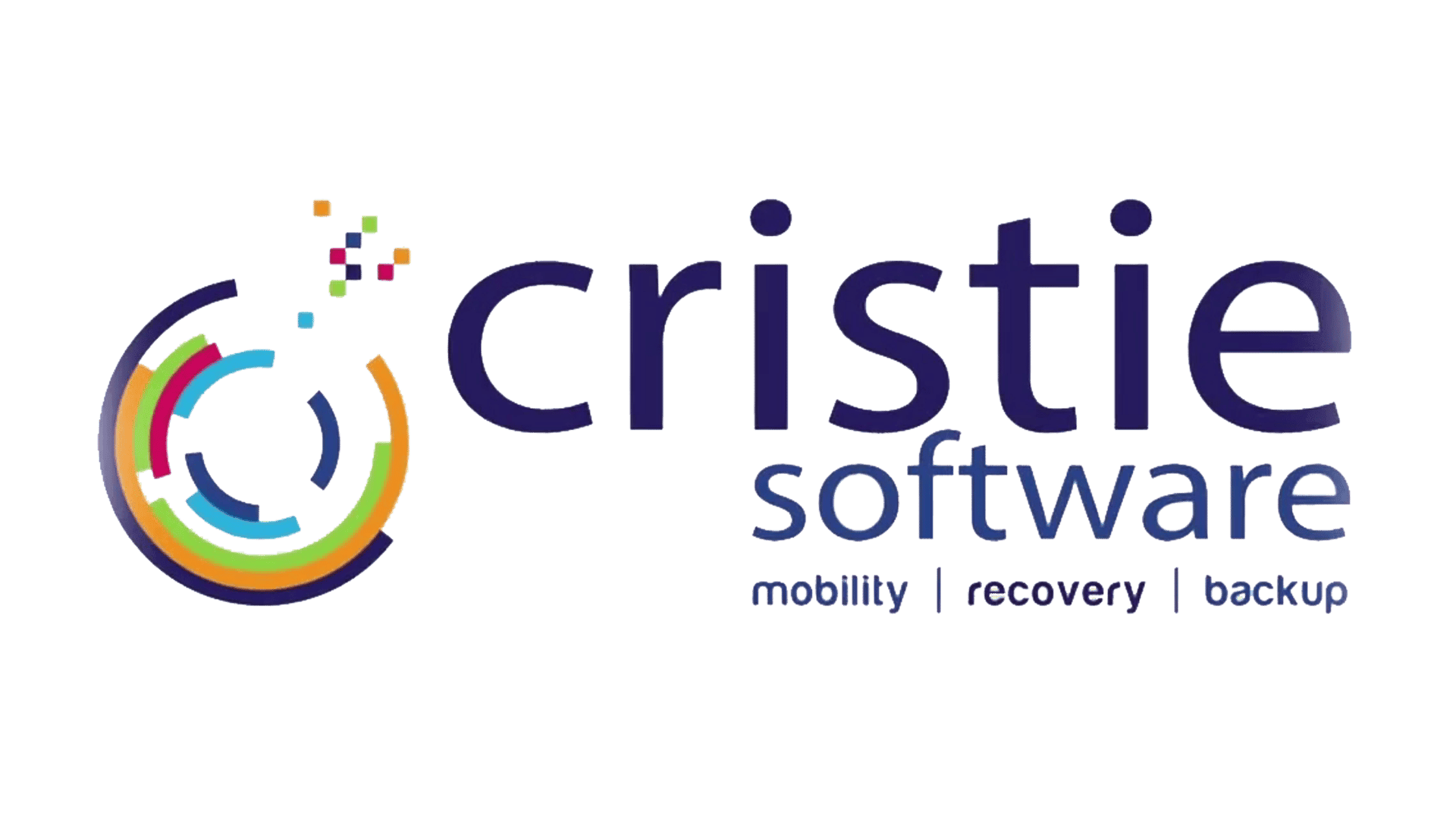
In today’s digital landscape, downtime can be devastating. Every minute a system is offline translates to lost productivity, revenue, and potentially, customer trust. Organizations are constantly searching for ways to minimize downtime and ensure a swift recovery in the event of a disaster, system outage, or cyberattack. This is where automation and orchestration of recovery processes come into play.
Imagine a well-rehearsed orchestra, each instrument playing its part in perfect harmony. This is similar to automated recovery. Individual tasks within the recovery process, such as notifying IT personnel, isolating the affected system, and initiating data restoration, are automated using predefined workflows. Orchestration takes it a step further, coordinating the execution of these automated tasks in the correct sequence to achieve a smooth and efficient recovery.
By automating routine tasks, human intervention is minimized, leading to significantly faster recovery times. This minimizes downtime and gets critical systems back online quicker.
Manual recovery processes are prone to human error. Automation eliminates these errors, ensuring a consistent and reliable recovery every time.
IT staff is freed from repetitive tasks, allowing them to focus on more strategic initiatives like investigating the root cause of the outage and implementing preventative measures.
Automated workflows ensure that recovery procedures are followed consistently, regardless of the individual performing the recovery.
Faster recovery times and improved efficiency can translate to significant cost savings.
Automated recovery processes can be easily scaled to accommodate changing IT environments, large scale server estates and growing data volumes.
Automation can help organizations meet compliance requirements for data recovery and disaster preparedness.
Before automating recovery processes, it’s crucial to have a well-defined recovery plan in place. This plan should outline the steps needed to recover from various types of outages and disasters.
Analyze your current recovery procedures and identify the tasks that can be automated. These are typically repetitive, manual tasks with well-defined steps.
Choose a solution that integrates seamlessly with your existing IT infrastructure and offers the features you need. Cristie Software system recovery solutions integrate with leading backup solutions from Rubrik, Cohesity, IBM, Dell Technologies as well as providing standalone automated system recovery if required.
Regularly test your automated recovery workflows to ensure they function as expected. This allows you to identify and address any potential issues before a real disaster strikes.
In today’s fast-paced digital world, downtime is simply not an option. By automating and orchestrating your recovery processes, you can ensure a faster, more efficient, and reliable recovery in the event of an outage or attack. This translates to reduced downtime, improved efficiency, and ultimately, a more resilient IT infrastructure. Don’t wait for disaster to strike – start automating your recovery processes today and orchestrate your successful comeback.
Contact the Cristie Software team to learn how to include system recovery automation and orchestration into your disaster & cyber recovery strategy.
New Mill, Chestnut Lane
Stroud, GL5 3EW
United Kingdom


